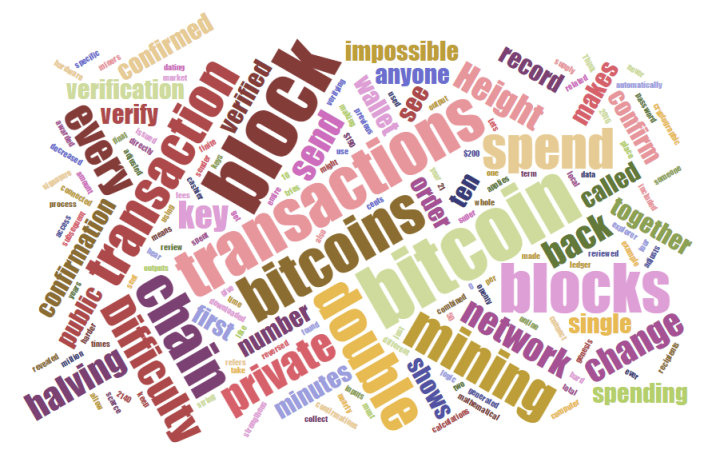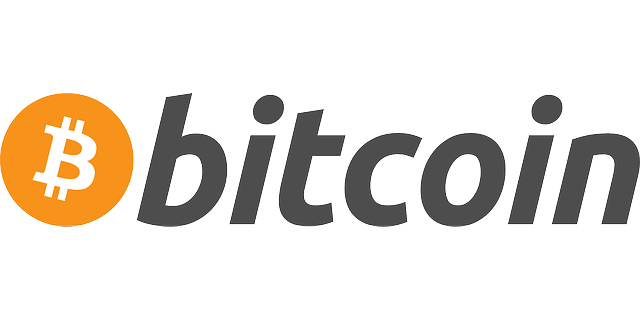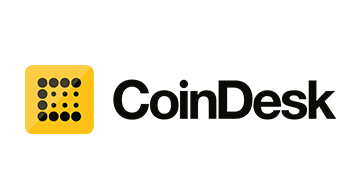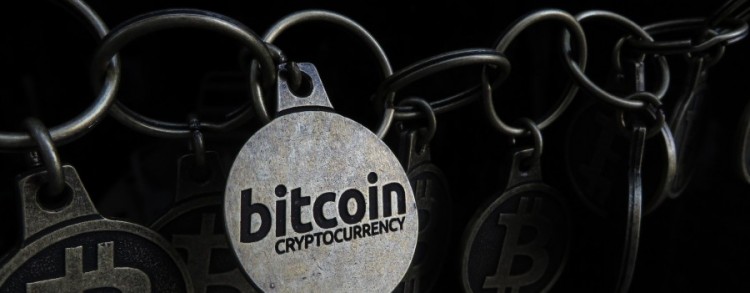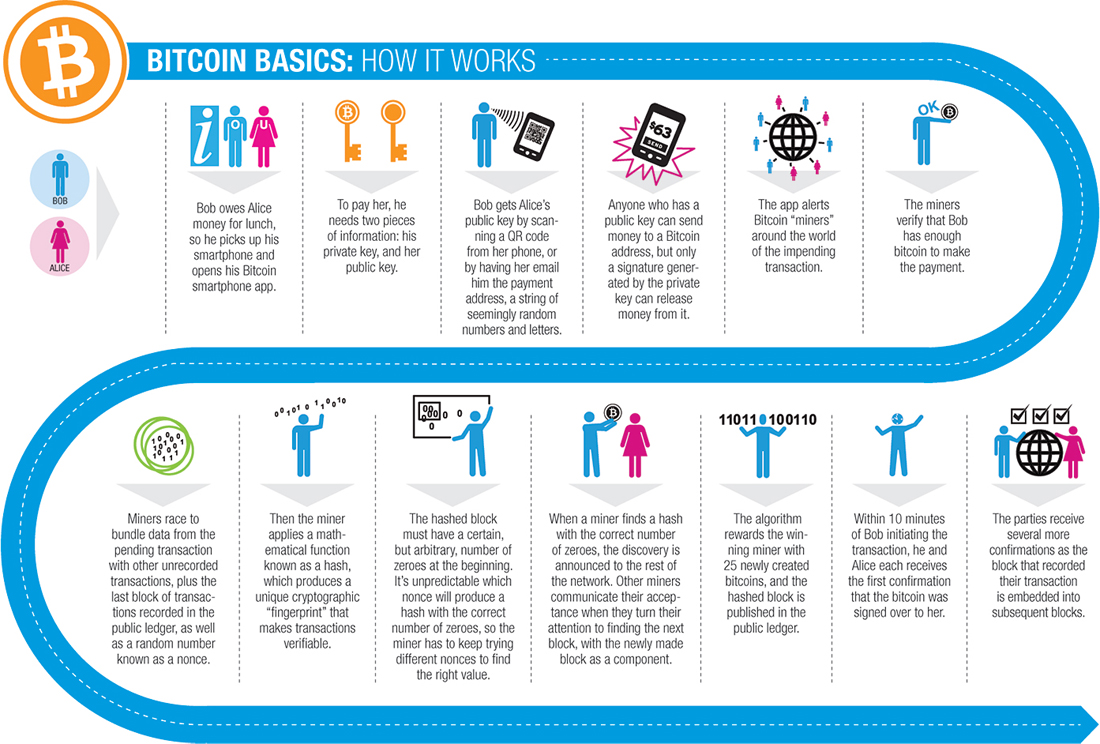Bitcoin, blockchain, distributed ledger. It’s hard to understand what blockchain is, so here is some info we’ve found to try and help you understand what the hubbub’s about.
Words like “mining”, “hash rate”, and “private key” might not make much sense to people just starting out. So we’ve pulled together a few glossary terms that you should know.
In the beginning there was the block: Block Blocks are found in the Bitcoin block chain. Blocks connect all transactions together. Transactions are combined into single blocks and are verified every ten minutes through mining. Each subsequent block strengthens the verification of the previous blocks, making it impossible to double spend bitcoin transactions (see double spend below). The easiest glossary to read through is 10 Commonly Used Bitcoin Terms Explained.
Then there was the hash rate. Hash Rate The hash rate is the measuring unit of the processing power of the Bitcoin network. The Bitcoin network must make intensive mathematical operations for security purposes. When the network reached a hash rate of 10 Th/s, it meant it could make 10 trillion calculations per second. Coindesk offers a slightly more advanced list.
The mother of all lists tells gives you everything from hardware to financial to blockchain terms. If you didn’t know about Mt. Gox…now you almost do. Mt. Gox One of the first bitcoin exchanges, and at one time the most popular. Mt. Gox has since gone into administration. Based in Japan, the exchange was started by Jed McCaleb in 2010. Thanks for the comprehensive list, Coindesk.
Dataconomy gives some insight to what the blockchain is and why you might want to give it some more thought.
American Banker also provides details on the blockchain process — now with more infographic!

